You may have heard the popular saying: ‘Life occurs in stages’. Well, this is true; even for your pregnancy and your baby. For most women, pregnancy is an exciting time marked by preparation, purchases, and changes. The fact is: your baby experiences a lot of prenatal changes as he/she prepares to meet you for the first time. This article contains info about the stages of pregnancy and prenatal development.
In this article, we’d talk about the changes that come with prenatal development; the stages, duration, major events, and results.
Read on to learn more!
Table of contents:
What Is Prenatal Development?
In plain terms, prenatal development refers to the growth process that your baby experiences before he/she is born. Prenatal development spans from conception (the fertilization of an egg by a sperm) to the birth of your precious one.
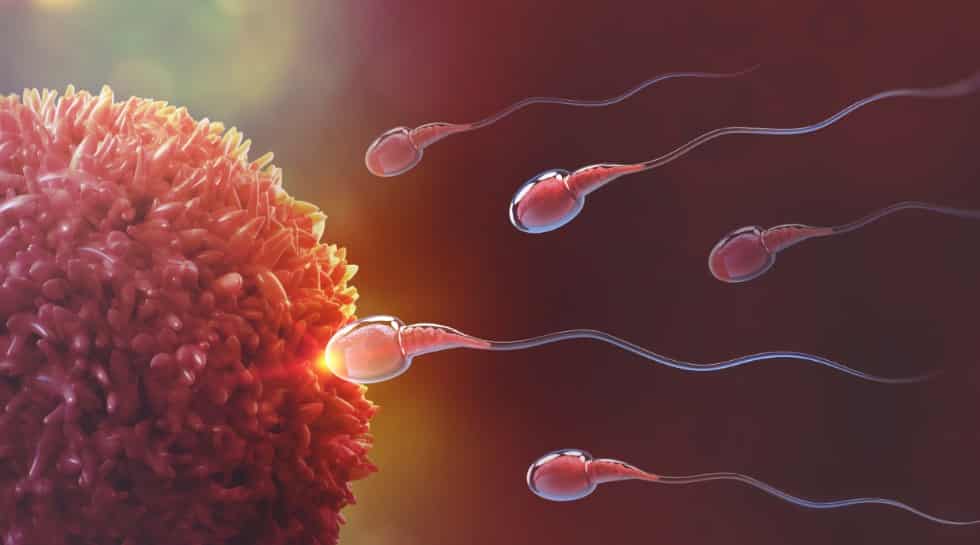
Generally, it refers to the process of life development from a single cell to an embryo and eventually, a fetus. Like every other life event, prenatal development occurs in stages.
As usual, we’re here to supply all the info you need.
What Are The Stages of Pregnancy and Prenatal Development?
Averagely, it takes about 40 weeks for a baby to fully mature. This begins from conception to delivery. Just like pregnancy, prenatal development occurs in three major stages. These stages are:
- Germinal Stage
- Embryonic Stage
- Fetal Stage
At the completion of all three stages of development, your baby should be ready to join you in this world. Furthermore, prenatal development is also organized into three (1st, 2nd & 3rd) trimesters, which do not correspond with the three stages.
Next, we’d discuss each stage of prenatal development; the major events, duration, and how it relates to trimesters of pregnancy.
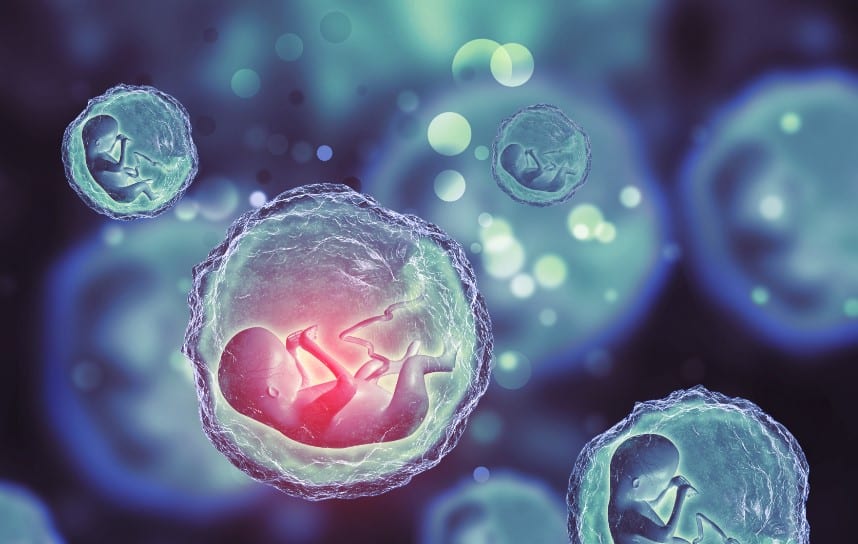
1. The Germinal Stage (2 Weeks)
As we mentioned earlier, prenatal development begins at conception when the female egg (oocyte) is fertilized by a mature male sperm. The germinal stage of prenatal development begins at conception and lasts for about two weeks, just after implantation occurs.
At the beginning of the germinal stage, your baby is just a tiny, one-cell zygote formed by the fusion of your egg and a mature sperm. Once the major events of this stage are completed, the zygote becomes an embryo and the next stage of development begins:
The major events of the germinal stage include:
- Sex Determination: This occurs at the point of fertilization when parental DNA combines to constitute a brand new DNA set that is your baby’s.
- Cell Division (Mitosis): In the first week of the germinal stage, the zygote rapidly divides into multiple cells that serve as the foundation for cellular development even after birth.
- Attachment (Implantation): As cell division progresses, the zygote travels down your fallopian tubes and attaches (implants) to the uterine lining where it eventually embeds.
2. The Embryonic Stage (6 Weeks)
The embryonic stage begins at implantation (in the second week) and extends to the 8th week of pregnancy. During implantation, your body begins to produce and secrete pregnancy hormones. It is at this point that you’d probably have a positive pregnancy test result. read our other article on positive signs of embryo transfer
Upon implantation, pregnancy hormones are secreted, blood vessels grow, the placenta is formed and the zygote becomes an embryo.
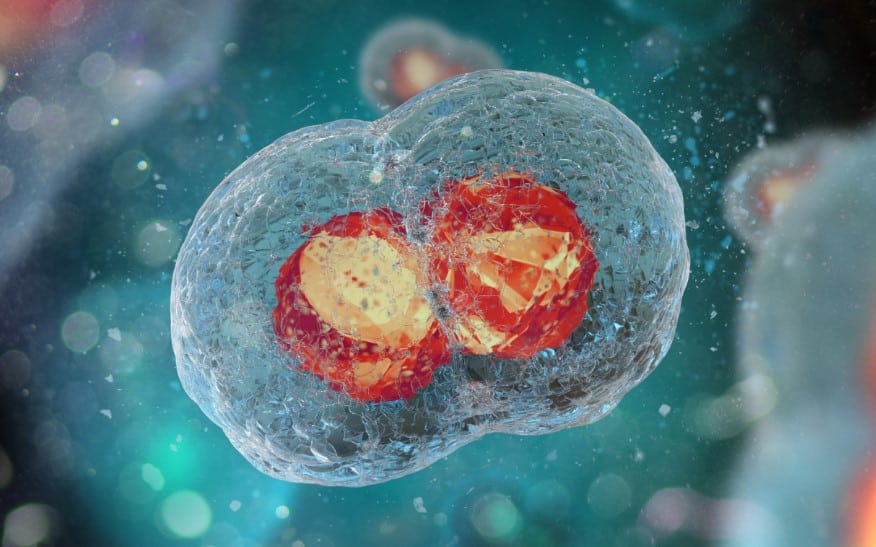
The major events of the embryonic stage include:
- Formation of The Three Cell Layers: These cell layers are the Ectoderm (outer layer), Mesoderm (middle layer) and Endoderm (inner layer). As prenatal development proceeds, these cell layers differentiate into the various tissues and organs in your baby’s body.
- Commencement of Systemic Development: In the embryonic period, your baby’s brain, heart, blood vessels, spinal cord, and digestive system would begin to develop from their precursor cells.
- Limb Development: Who doesn’t like those cute, sturdy legs babies have? Well, we do too. As the body system develops, the embryo also begins to grow hands, feet, and digits.
- Commencement of Organic Development: At this stage, major organs like the eyes, nose, kidneys, and lungs also begin to develop in rapid succession.
Want to know the best part?
When the embryonic stage of prenatal development ends, all essential internal and external structures have been formed. In addition, your little one is now referred to as a fetus.
3. The Fetal Stage (32 Weeks)
No doubt, this is the most dramatic stage of prenatal development. In the fetal stage, your baby undergoes rapid changes in size, shape, features, and mental ability. At the beginning of this period; the fetus, which is about the size of a kidney bean, begins to assume the form of an actual human baby.
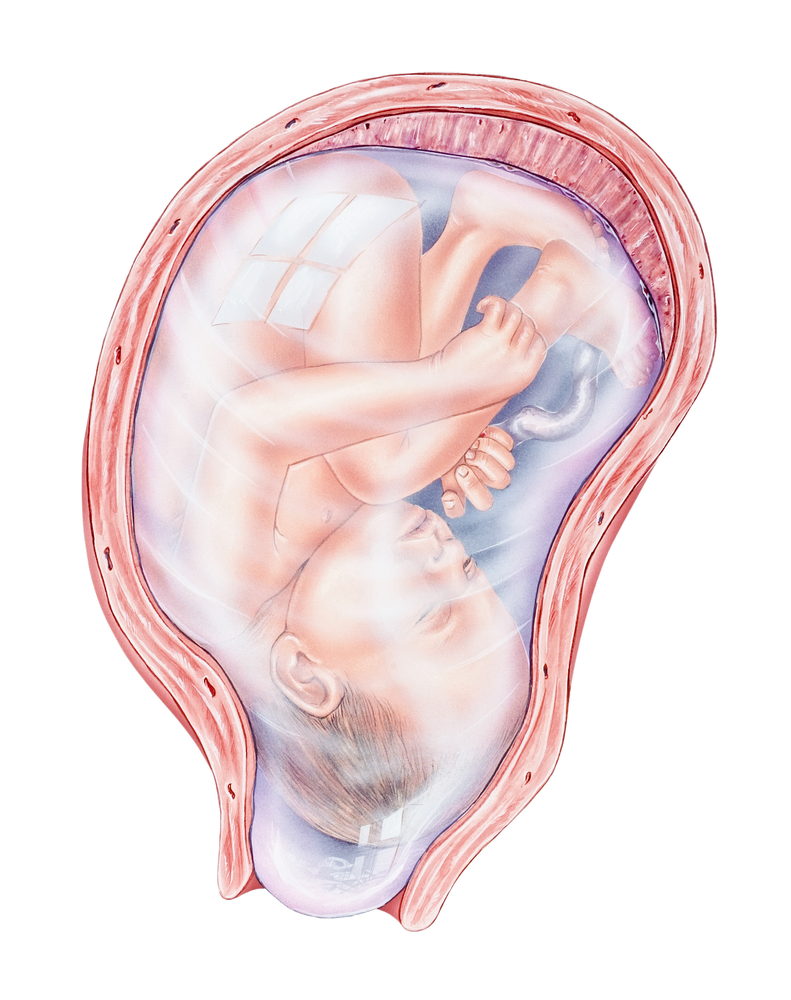
The fetal stage is also the longest stage of prenatal development. This is because the growing fetus undergoes more changes at this point than anywhere else in prenatal life.
The major events of the fetal stage include:
- Physical Growth: At the beginning of the fetal stage, your baby weighs only about 3 grams. By the time he/she is ready to come into your arms at birth, he or she may weigh up to 3.2 kilograms. Therefore, the fetal stage is also called the period of major physical development.
- Fetal Movements Begin: A very important feature of the fetal stage is the commencement of fetal movement. As an expectant mom, this is when you begin to feel the ‘kicks’.
- Development of Physical Features: At this point, important physical features like nails, eyebrows, and eyelashes are formed.
- Breathing Movements Begin: Although the lungs do not become fully functional until your baby takes his/her first breath at birth, breathing movements begin in the fetal stage.
- Full Organ Function: At the end of this developmental stage, all organs and systems are expected to be fully functional for life outside the womb.
At the end of the fetal stage of prenatal development, your child is ready to be born and come into your loving arms.
Stages of Pregnancy
As we mentioned earlier, pregnancy occurs in three distinct stages. This include:
- First Trimester (0-13 Weeks)
- Second Trimester (12-26 Weeks)
- Third Trimester (26-40 Weeks)
First Trimester (0-13 Weeks)
This stage of pregnancy doubles as the most crucial stage of prenatal development. As we mentioned above, this trimester matches with the Germinal and Embryonic stages of prenatal growth. For most women, this stage comes with a variety of pregnancy symptoms like nausea, tiredness, breast tenderness, and frequent urination.
Second Trimester (13-26 Weeks)
This stage of pregnancy is widely regarded as the easiest part of the entire journey. This is because most women no longer feel those weird pregnancy symptoms. However, this trimester may come with new feelings of abdominal cramps, back pain, and constipation.
Third Trimester (26-40 Weeks)
Now, here’s the final stretch of the entire pregnancy journey. In this period, your uterus would grow to almost double its pre-pregnancy size. As a result, it is really important to attend your antenatal clinics and stay on a healthy diet and exercise routine.
Problems in Prenatal Development
Sadly, there is no perfect process. Problems may arise at any point in prenatal life. Thankfully, medical science has made great strides in prenatal diagnosis and maternal care to reduce the risk and impact of these problems.
Generally, problems of prenatal development are called congenital anomalies. These anomalies may result from genetic, infectious, nutritional, or environmental factors.
Congenital Anomalies
Congenital anomalies are ‘birth defects’.
These are unusual or unexpected problems that can occur at any of the three stages of prenatal development and result in physical malformations that affect different parts of a child’s body after birth. In other instances, congenital anomalies may cause developmental delays which prevent a child from achieving expected growth milestones.
Common examples of congenital anomalies include:
- Down Syndrome: This genetic problem occurs when there’s an extra chromosome in a baby’s DNA set. Children with Down Syndrome often have intellectual disability, flat nasal bridges, a single palmar crease, as well as other distinct features.
- Heart Defects: This refers to any problem in the prenatal development of the heart. Some examples of common heart defects are Ventricular Septal Defect, Tetralogy of Fallot and Patent Ductus Arteriosus.
- Neural Tube Defects (NTDs): These are birth defects of the brain, spine, or spinal cord. Most times, these defects occur even before the mother realizes that she is pregnant. Two of the most common types of NTDs are Spinal Bifida and Anencephaly.
Thankfully, advances in medical science have made it possible to identify and manage these congenital anomalies. However, prevention is always better (and easier) than treatment.
You can prevent congenital anomalies by:
- Attending regular antenatal clinics
- Sticking to your antenatal medication religiously
- Maintaining a healthy lifestyle
- Following a healthy diet that’s rich in folic acid
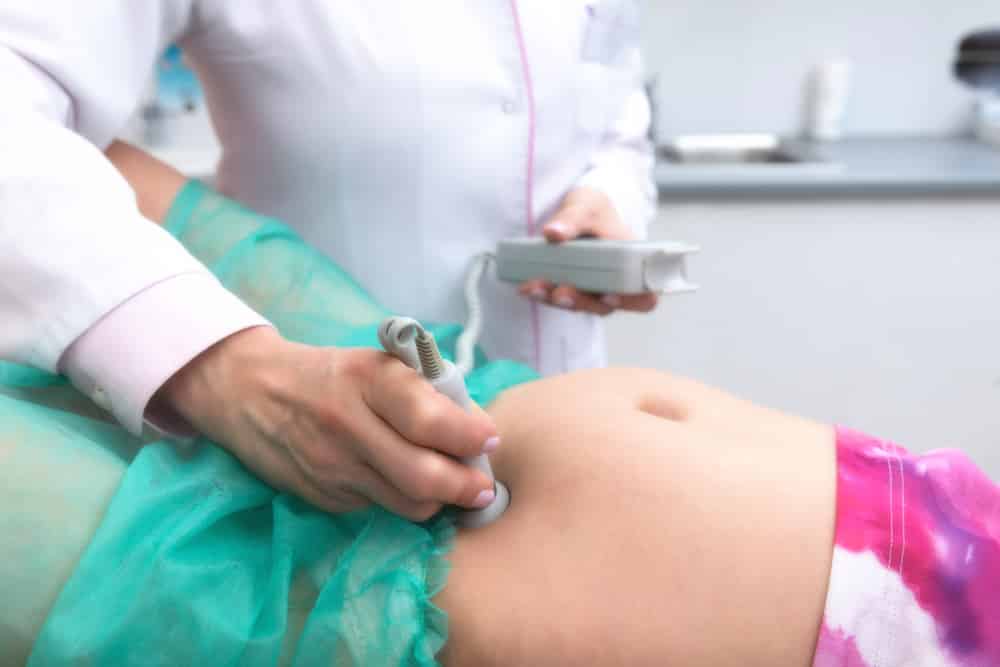
With these tips, we are confident that you and your little one would be healthy, strong, and happy always.
Bottom Line
In conclusion, the three stages of prenatal development are unique but equally important. As you expect your little one(s), it is also important to take care of yourself. Remember to attend your clinics, eat right, exercise often, and rest well.
You and your baby are going to be just fine, Mama!
REFERENCES
- Fetal development: Second trimester. (2015 August)
americanpregnancy.org/while-pregnant/second-trimester/ - Gottlieb, G. (1976). Conceptions of prenatal development: Behavioral embryology. Psychological Review, 83(3), 215–234. https://doi.org/10.1037/0033-295X.83.3.215

